Quang Ninh - the only locality named by Uncle Ho
The names of provinces and cities are not only administrative symbols, but also a part of the invaluable cultural heritage, closely linked to the history, geography and people of each land. Vietnam currently has 63 provincial-level administrative units, of which 4 localities become more special when they are not named according to spelling rules. They are: Bac Kan , Kon Tum, Dak Lak, Dak Nong. Why is the letter "K" used instead of the letter "C" even though it is misspelled? According to experts, this usage is believed to originate from the way Vietnamese people write in the national language in the early 20th century. At that time, the letter "K" was often used instead of the letter "C". Nowadays, the way of writing Bac Kan, Kon Tum, Dak Lak, Dak Nong is very popular and is used uniformly throughout the country.
In addition, among the 63 provinces and cities of our country, there are 8 places with the word "Binh" in their names, including: Binh Duong, Binh Dinh, Binh Phuoc, Binh Thuan, Hoa Binh, Ninh Binh, Quang Binh, Thai Binh. In second place is the word "Giang" with 6 provinces: An Giang , Bac Giang, Ha Giang, Hau Giang, Kien Giang, Tien Giang. Next is the word "Quang" with 5 provinces and cities: Quang Binh, Quang Nam, Quang Ngai, Quang Tri, Quang Ninh.
Thua Thien Hue is the only province in Vietnam with a 3-word name. Meanwhile, Ba Ria - Vung Tau is the only province with a 4-word name. However, if we consider the number of characters, this is not the province or city with the longest name in our country. The locality with the longest name must be Ho Chi Minh City. Because the two words "city" are never separated from Uncle Ho's name and are always read together.
Quang Ninh is a land with a long history, with borders on both sea and land. In the Ha Long Bay area, archaeological sites of prehistoric people from 3000 - 1500 BC have been found. When the first Vietnamese State was formed, during the Hung King period, the land of Quang Ninh was now Luc Hai. One of the 15 departments of the Van Lang State. During the feudal period, the current Quang Ninh province was named: Luc Chau, To Dong Hai, To Hai Dong, An Bang town, Quang Yen province. Later, Quang Yen was divided into many other units, including Hai Ninh.
Nowadays, when mentioning Quang Ninh, many people immediately think of a land that is especially favored by nature. Not only possessing rich natural "treasures", Quang Ninh is also the only province in Vietnam honored to be named by the great President Ho Chi Minh. Writing about this event, the late teacher, folklore researcher, co-author of the book Quang Ninh Geography - Tong Khac Hai recorded the story of comrade Hoang Chinh, former Secretary of Hai Ninh Provincial Party Committee, former Chairman of Quang Ninh Provincial Administrative Committee. Accordingly, on October 30, 1963, at the plenary session of the 2nd National Assembly, 7th Session, the National Assembly delegates unanimously approved the decision to merge Hai Ninh province and Hong Quang area, officially establishing Quang Ninh province. This decision marked an important milestone in the administrative history of the Northeast region, and at the same time concluded the process of careful discussion and consideration that lasted for three years before.
During his visit to Hai Ninh province on February 19 and 20, 1960, Uncle Ho expressed his profound vision of the potential and geographical location of this land. Sitting on the plane, Uncle Ho looked at the whole scene and said: “Hai Ninh and Hong Quang are mountains, rivers, seas and sky in one strip. An Quang, Quang Yen is here, further away is An Bang, Hai Dong”. Uncle Ho not only remembered the historical sites but also associated them with the heroic Bach Dang Victory, affirming the great value of Hai Dong land. Therefore, the name Hai Dong was also carefully considered when the two localities of Hai Ninh and Hong Quang merged.
In mid-September 1963, Comrade Hoang Chinh had the opportunity to discuss with Uncle Ho about naming the new province. When hearing Mr. Chinh mention the name Hai Dong, Uncle Ho thought that the name Hai Dong was very good, reminiscent of the heroic history of the nation. However, Uncle Ho asked for the opinions of many comrades, suggesting combining the last two words of Hong Quang and Hai Ninh into Quang Ninh. Quang means vast, Ninh means peaceful, sustainable, easy to remember, easy to understand and has many meanings.
During his lifetime, President Ho Chi Minh paid much attention to Quang Ninh, a locality he visited many times. Today, Quang Ninh has risen to become one of the localities with the leading economic development in Vietnam.
Land names from ancient times
According to the books “Dai Nam Nhat Thong Chi” and “Dai Nam Nhat Thong Toan Do”, some provincial names were changed according to the pronunciation of the local dialect. Like the old Hoa Binh province, the French found Hung Hoa province too large, so they had to divide it into many provinces. When surveying, they found that many districts of the province were mostly Muong people, and Lac Son and Lac Thuy of Ninh Binh province were also Muong people. They decided to combine these areas to form a new province named Muong province. Later, the provincial office was located in Cho Bo market, to be consistent with the common naming, the province was renamed Cho Bo province. The provincial capital was located in a remote mountain town, and was attacked by the insurgents of Doc Tit, who occupied the provincial office and killed the French deputy ambassador. The French government had to move the provincial office downstream, to Hoa Binh commune, about 30km away. And the name Hoa Binh has been there since that day!
Thanh Binh Cinema, Pleiku, Gia Lai in 1969. (Photo: Archive) |
Lao Cai is the local pronunciation of the word Lao Nhai, which means Old Town or Old Market. Locals often call Bao Thang, a neighborhood built by Luu Vinh Phuc in the area of present-day Lao Cai town, Lao Kay, and later the French also transcribed that name in Latin as Lao Kai or Lao Kay.
Bac Kan is a province in the Northeast region of Vietnam. A copy of the Chinese stele "Tam hai ho son chi" engraved on a stone erected in Bo Lu, on the shore of Ba Be Lake, written by Phan Dinh Hoe of Bac Kan province, engraved and erected by Mr. Vi Van Thuong in 1925: The word "Kan" in the word Bac Kan has the "tai gây" radical next to the word "Can", the Sino-Vietnamese pronunciation is "can", this word means "prevent, protect, resist" (north). Since ancient times, in the vast border region, our ancestors have named places with such meaningful names...
Hai Duong was officially named in 1469, meaning “Hai is the coastal area” the land bordering the sea, “Duong is light/sunlight”. Hai Duong is located to the east of Thang Long citadel. The East is also the direction of the sunrise. Therefore, Hai Duong means “sunlight from the East Sea” or “light from the coastal area (east)”. In “Du dia chi”, Nguyen Trai evaluated Hai Duong as the first town of the four capital towns and the eastern fence of Thang Long citadel.
Hung Yen province was established in 1831, including Dong Yen, Kim Dong, Thien Thi, Tien Lu, Phu Dung districts of Son Nam town and Than Khe, Hung Nhan, Duyen Ha of Nam Dinh town. Hung Yen land was famous since the Trinh - Nguyen conflict period because of Pho Hien, folk saying "First is the capital, second is Pho Hien".
Bac Giang belonged to Vo Ninh department during the time of King Hung who founded Van Lang country. During the Ly - Tran dynasty, it was called Bac Giang road. During the Le dynasty, it was Bac Ha prefecture. In 1822, it was changed to Thien Phuc prefecture. During the Tu Duc dynasty, it was Da Phuc prefecture. Until now, there has been no document proving this, but the name Bac Giang means north of the river.
Lai Chau's name comes from the word Chau Lay. In the early 10th century, the Thai leaders who occupied this land named it Muong Lay. In 1435, Nguyen Trai's Du Dia Chi recorded it as Chau Lai, a transliteration of the word Lay. Lang Son is one of the 13 provinces first established by King Minh Mang in Bac Ky (in 1831), the name comes from the title "Lang land"...
Thanh Hoa is a transitional province between the North and Central regions of Vietnam, and is the province with the fewest mergers and splits in the country. During the Dinh and Tien Le dynasties, Thanh Hoa was called Dao Ai Chau. During the early Ly dynasty, it was called Trai Ai Chau, and in the year Thuan Thien 1, or 1009, it was called Phu Thanh Hoa. In 1469, it was changed to Thua Tuyen Thanh Hoa, and the name Thanh Hoa came from here. In 1802, it was changed to Thanh Hoa town, possibly because the old name coincided with the name of a concubine of the king. In 1831, the town was changed to a province, and began to be called Thanh Hoa province (Hoa: essence). In 1841, it was changed to Thanh Hoa province until today...
Our State is carrying out a truly great administrative reform to open a new era for Vietnam, a new period of national development. Experts believe that in the current context, the merger of provinces and cities will reduce the burden of state management, opening up space for creativity and development for localities. Because for every Vietnamese person, across the S-shaped strip of land, the country is their homeland, their origin...
Nguyen My
Source: https://baophapluat.vn/than-thuong-cac-tinh-thanh-viet-nam-post545147.html


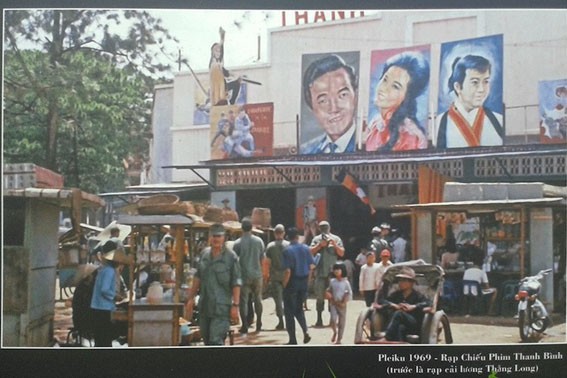

![[Photo] Top players gather at the 2025 Nhan Dan Newspaper National Table Tennis Championship](https://vphoto.vietnam.vn/thumb/1200x675/vietnam/resource/IMAGE/2025/5/23/9ad5f6f4faf146b08335e5c446edb107)




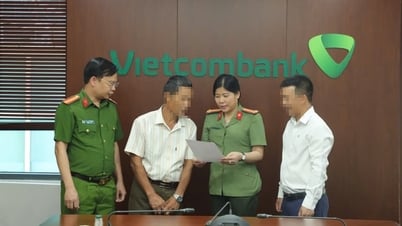
![[Video] Launch of the publication "The Teacher and the Books"](https://vphoto.vietnam.vn/thumb/402x226/vietnam/resource/IMAGE/2025/5/23/f8b7526776a44a57b0d4d9213c0c660d)

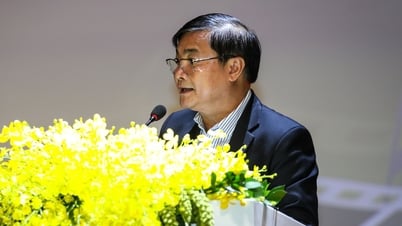









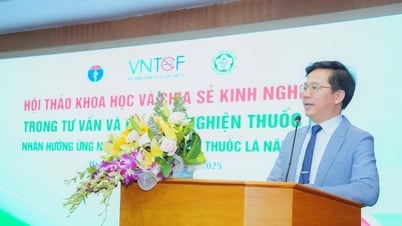
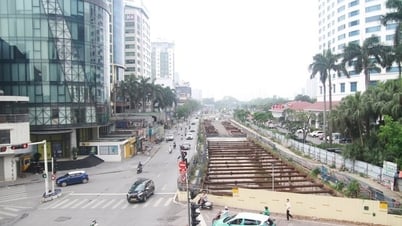

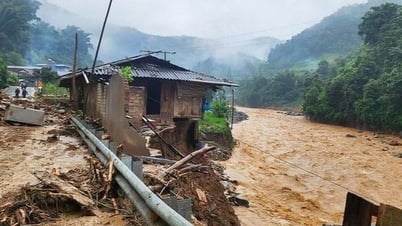
















































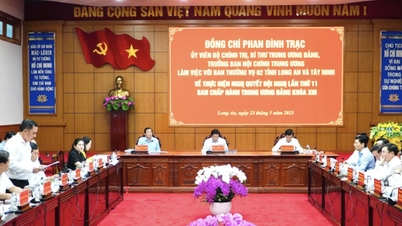
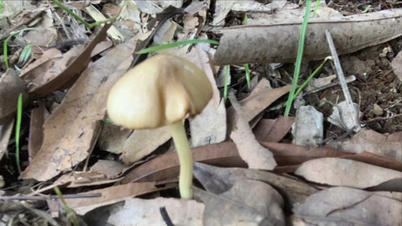



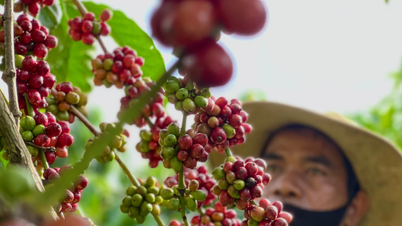

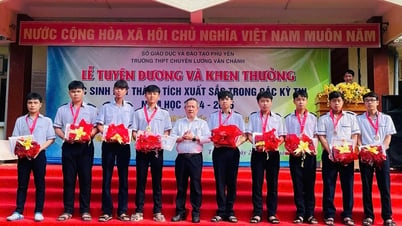

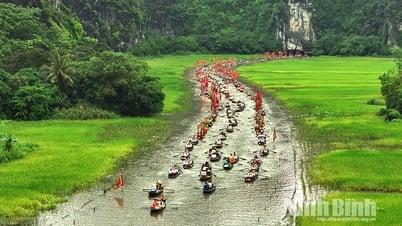













Comment (0)